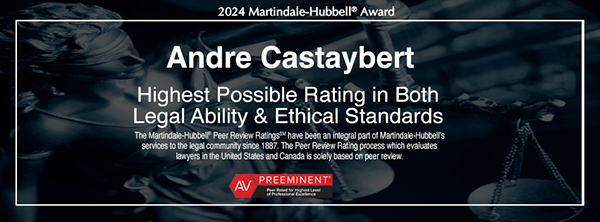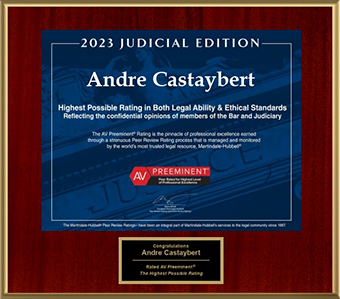Using Baseball and High-Low Agreements to Break Impasse and Close the Deal in Mediation
February 14, 2024
When parties cannot reach an agreement during mediation, advocates and their clients should consider “baseball” or “high-low” offers (often used in baseball arbitrations) to break the impasse and close the deal.
These alternatives are suitable when, at the end of a mediation session, the parties’ numbers are significantly apart, with neither party willing to make further concessions. In such cases, advocates and their clients may agree to settle the lawsuit by submitting the case to an arbitrator or in this case the mediator entering a binding mediation agreement empowering the mediator to decide unresolved issues.
Here is how the “baseball” technique works: both sides make their final offer and demand, and the arbitrator then selects either the demand or offer without modification. There are two types of “baseball” arbitration: “Day Baseball”, where the arbitrator knows the parties’ offers and demands, and “Night Baseball”, where the arbitrator determines the value of the claim without knowing the offers and demands, and the parties agree to accept and be bound by the offer or demand figure closest to the arbitrator’s award. In either case, the mediator agrees not to “split the baby” by awarding an amount between the parties’ offers. Instead, the mediator selects one of the parties’ offers, enters an award in that amount, and if necessary, the court confirms it.
This process discourages extreme positions as there is a higher likelihood that the mediator will choose a reasonable number, incentivizing the parties to move toward the middle. Advocates and their clients should expect to have a brief meeting with the mediator to justify their proposed numbers or to make written submissions.
Another way to break impasse is high-low arbitration, where the parties establish parameters and agree beforehand to limit the award to a pre-set maximum and minimum. Typically, the parties’ parameters are kept confidential from the mediator until the decision is rendered. This approach allows both plaintiff and defendant to mitigate their risk regarding the award. If the plaintiff is awarded a sum above the maximum, they receive the maximum value agreed upon. Conversely, if the defendant prevails, the plaintiff still recovers at least the minimum value, ensuring some recovery while protecting the defendant from an exorbitant award.
Advocates and their clients can use a baseball or high-low agreement to manage risk and guide negotiations toward a more effective and amicable resolution.
To read how Castaybert PLLC can assist you with mediation, click here.









